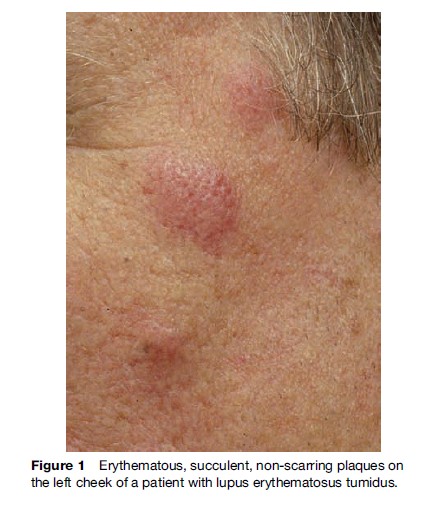The clinical expression of the skin lesions in LE shows a great variety; consequently, this has led to the practice of identifying different subsets of the disease. Although the clinical expression of skin lesions in LE shows a great variety, lesions frequently appear at the beginning of the disease. Historically, the disease was first recognized and evaluated by its visible cutaneous symptoms before the analysis and study of its systemic organ manifestations established the complex nature of LE. However, the development of a unifying concept for skin manifestations of the disease has proven difficult. In 1977, Gilliam developed a classification system that divided the cutaneous lesions into LE-specific and LE-nonspecific manifestations by histological analysis of skin biopsy specimens. The LE-specific cutaneous findings encompass the various subtypes of CLE, which were subdivided into three different categories as defined by constellations of clinical features, histological changes, laboratory abnormalities, and average duration of skin lesions: Acute CLE (ACLE), subacute CLE (SCLE), and chronic CLE (CCLE). In contrast, skin lesions, such as urticarial-like vasculitis and livedo reticularis, are some of the most common LE-nonspecific cutaneous lesions and are mostly associated with SLE, reflecting potentially serious complications. Since the initial formulation of the Gilliam nomenclature and classification system more than two decades ago, several attempts have been made to improve on this system and to provide new approaches to the problem of classification of the cutaneous manifestations of LE. In recent years, a further subtype with characteristic clinical, histological, and photobiological features, named LE tumidus (LET), has been analyzed and defined as a separate entity of CLE (Figure 1). The course and prognosis in these patients is generally more favorable than in those with other subtypes of CLE, and therefore a modified classification system, including LET as the intermittent subtype of CLE (ICLE), was suggested in 2004 (Table 1).
